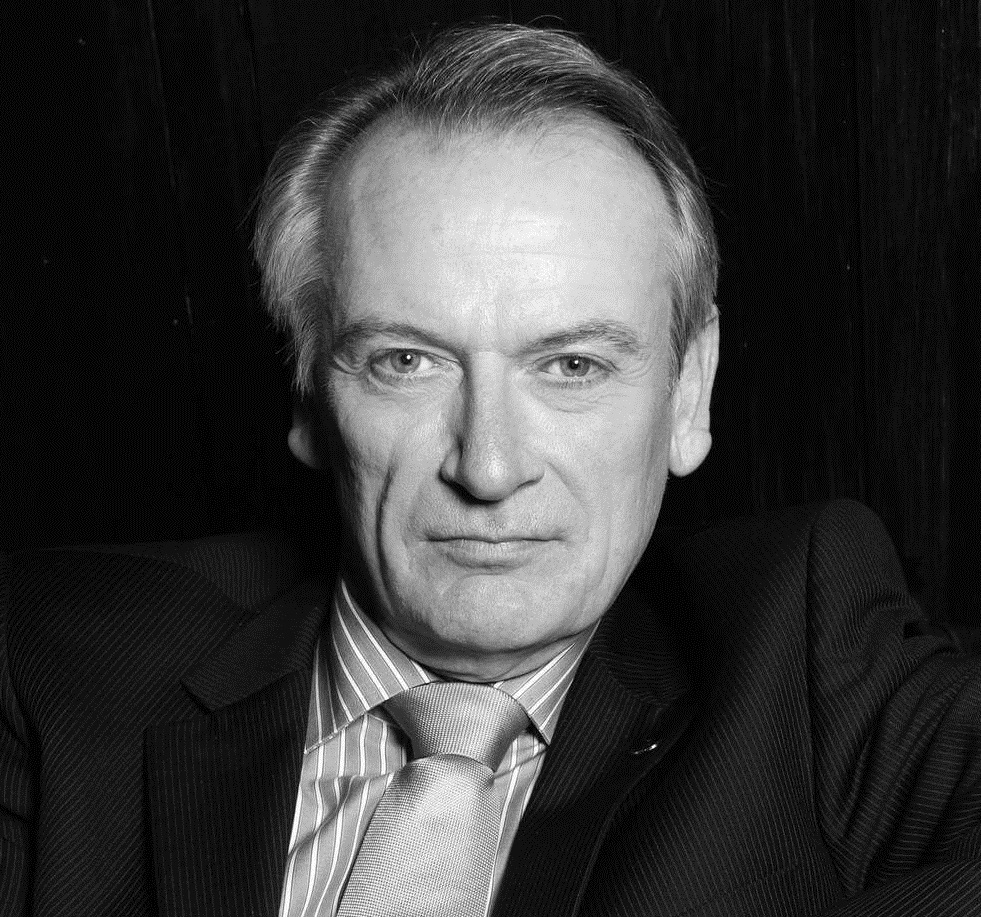R3 in Bumpy Waters

- Chris Skinner, Chairman at The Financial Services Club
- 23.11.2016 07:15 am undisclosed
An interesting week as R3 goes through restructuring. Santander and Goldman Sachs leave and the Monetary Authority of Singapore, a regulator, join. Interesting.
Since R3 arrived on the scene in 2014, it has been a train of technology. The consortium started on September 15, 2015 with 9 financial companies: Barclays, BBVA, Commonwealth Bank of Australia, Credit Suisse, Goldman Sachs, J.P. Morgan, Royal Bank of Scotland, State Street and UBS. Later that month another 13 banks joined, making it 22 in total (Bank of America, BNY Mellon, Citi, Commerzbank, Deutsche Bank, HSBC, Mitsubishi UFJ Financial Group, Morgan Stanley, National Australia Bank, Royal Bank of Canada, Skandinaviska Enskilda Banken, Société Générale, and Toronto-Dominion Bank).
Mizuho Bank, Nordea, and UniCredit joined in October 2015 followed by BNP Paribas, Wells Fargo, ING, Macquarie Group and the Canadian Imperial Bank of Commerce in November. In December 2015, BMO Financial Group, Danske Bank, Intesa Sanpaolo, Natixis, Nomura, Northern Trust, OP Financial Group, Banco Santander, Scotiabank, Sumitomo Mitsui Banking Corporation, U.S. Bancorp and Westpac Banking Corporation making it 42 banks. Since then SBI Holdings of Japan, Hana Financial of South Korea, Bank Itau of Brazil, Toyota Financial Services, MetLife and the China Foreign Exchange Trade Systems (CFETS) have joined.
Today, R3 is leading a consortium of over 60 of the world’s largest financial institutions to develop commercial applications that leverage the appropriate elements of distributed and shared ledger technology for the financial services industry.
Great!
I’ve been intrigued by R3 for some time, as they’ve taken the basics of bitcoin’s blockchain and adapted it to the market needs of banks. In particular, they’ve developed Corda, a version of blockchain that only allows the counterparties involved in transactions to be privy to the transaction. Corda’s key features include:
- no unnecessary global sharing of data: only those parties with a legitimate need to know can see the data within an agreement;
- workflow between firms without a central controller;
- consensus between firms at the level of individual deals, not the level of the system;
- regulatory and supervisory observer nodes;
- transactions validated by parties to the transaction rather than a broader pool of unrelated validators;
- a variety of consensus mechanisms;
- an explicit link between human-language legal prose documents and smart contract code;
- built on industry-standard tools; and
- no native cryptocurrency.
In other words, it’s nothing like Ethereum or Bitcoin. Nevertheless, there has been some controversy over R3. I’ve heard some banks saying the cost of membership is high and the returns are minimal. We’ve seen that some banks were not fans of the Corda development when R3 announced a spinoff company to develop applications based upon Corda. Now we’ve seen the first leavers.
Santander and Goldman Sachs both left this week for reasons unstated. Some say it is because R3 need a further $150 million in funding, although that’s 25% less than they were originally asking; others say it is because the consortia are not working. Consortia are hard, as you can only move forward at the speed of the slowest members. Just ask SWIFT about that one.
Maybe the nearest we get to the truth is this report by Robert Hackett for Fortune:
Fortune has learned Goldman informed R3’s member banks that it intended to exit the consortium on a call around the time of the Money2020 financial tech conference in Las Vegas in mid-October. The membership, which cost $100,000, according to a source familiar with the terms, lapsed on Oct. 31, and the bank chose not to renew.
The fundraising dispute centered on control. In May, R3 began seeking to raise a $200 million round that would have granted 90% of the firm’s equity to its member banks with 10% retained by R3 … that opening bid was renegotiated to a $150 million raise from its member banks—with potential support from outside investors—that would give 60% ownership to the investors and 40% to R3. This deal framework—still a pending option—had been proposed in early fall, a source told Fortune.
Goldman sought more leverage in the deal, which could have included a board seat or some other element of additional control, sources said. When R3’s member financial firms moved to cap the raise at $150 million, Goldman decided to “exit the conversation and focus elsewhere,” said a source close to the matter.
A person familiar with Goldman’s internal thinking said that the bank did not expect R3 to mushroom to 70-plus members when it initially joined. The number of participants and competing interests made negotiations more difficult, the source said …
“As with any project of this scale and scope, we always expected the make-up of the consortium to change over time,” a spokesperson at R3 told Fortune in a statement. “Developing technology like this requires dedication and significant resources, and our diverse pool of members all have different capacities and capabilities which naturally change over time.”
IMHO it just shows the real challenge of blockchain in banking. Blockchains and distributed ledgers are just shared databases and the challenge is who is sharing what with whom and how. To create a shared database is an industry challenge, rather than a technological one. Technology can provide a solution – an internet-based database that is providing low-cost authentication – but the underlying agreements on standards for interoperability and sharing must be in place first.
This is why clearing and settlement is not a good start point for blockchain. Sure, there may be $20 billion per annum in savings to made there, but what role do Central Securities Depositories, Central Banks and Central Counterparty Clearing have in a decentralised world? That is the challenge: how to create shared structures between counterparties who currently do not have those structures.1
It’s also interesting to see that as Goldman Sachs, a founding member of R3, leave that they announcetheir own patent for FX transactions to be recorded on their own version of blockchain. As mentioned before, it will take some time to reinvent the back office infrastructure for retail, wholesale and commercial financial markets using blockchain.




















